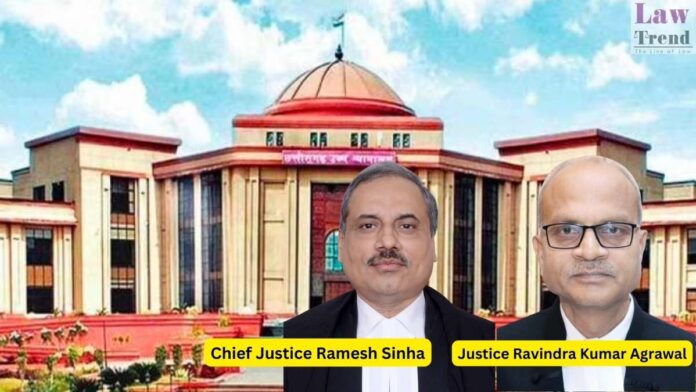The Chhattisgarh High Court, comprising Chief Justice Ramesh Sinha and Justice Ravindra Kumar Agrawal, delivered a significant judgment upholding the conviction of four individuals accused in the deadly 2014 Maoist ambush in Bastar. The court emphasized that “conspiracies are not hatched in the open; they are proved through circumstances and conduct.” Case Background The case
To Read More Please Subscribe to VIP Membership for Unlimited Access to All the Articles, Download Available Copies of Judgments/Order, Acess to Central/State Bare Acts, Advertisement Free Content, Access to More than 4000 Legal Drafts( Readymade Editable Formats of Suits, Petitions, Writs, Legal Notices, Divorce Petitions, 138 Notices, Bail Applications etc.) in Hindi and English.




